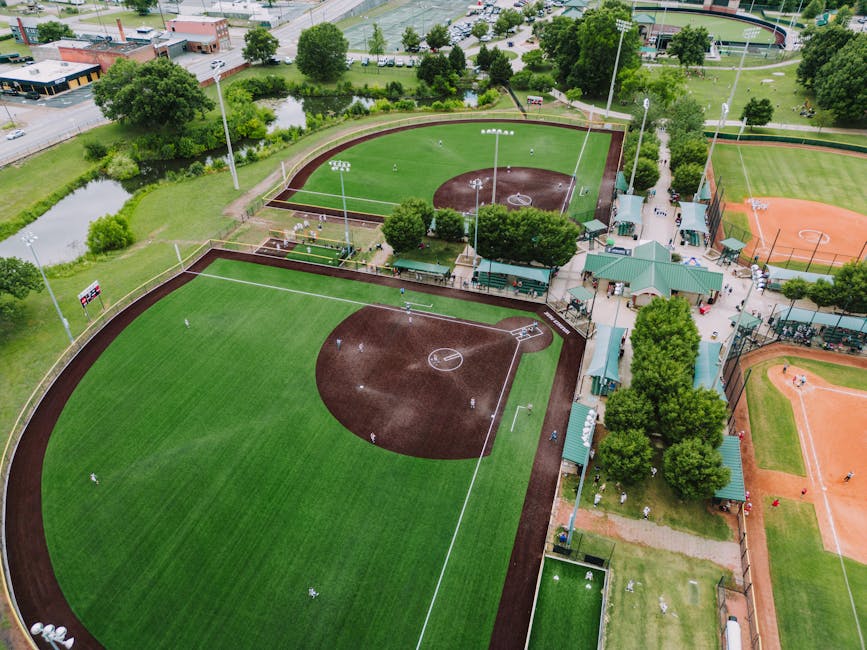The Major League Baseball All-Star Game is more than just a mid-season exhibition. It’s a celebration of the sport, a showcase of baseball's current elite talent, and a chance for fans from all over to come together and appreciate the game they love. Held annually in July, it pits the best players from the American League against the best from the National League in a contest that, while often lacking the intense pressure of a playoff game, still carries significant weight in terms of bragging rights and league pride.
The history of the All-Star Game is rich, dating back to 1933 when the first game was held as part of the Chicago World's Fair. Initially intended as a one-time event, its popularity ensured its continuation, becoming a yearly tradition that has only been interrupted a handful of times due to extraordinary circumstances like World War II and the 1994 players' strike. Over the years, the game has evolved, with changes to the selection process, roster sizes, and even the way the game impacts home-field advantage in the World Series (a practice that has since been discontinued).
The All-Star Game selection process is a multi-faceted affair. Fan voting plays a crucial role, allowing fans to choose their favorite players to start the game. Players also vote for their peers, recognizing the talent and performance of their fellow competitors. Finally, the league managers fill out the remaining roster spots, ensuring each team has representation from all positions and a balance of skill sets. This combination of fan, player, and managerial input creates a roster that truly reflects the best of the best.
Beyond the game itself, the All-Star festivities extend over several days and include events like the Home Run Derby, a thrilling display of power hitting that often steals the show. This event pits the league's top sluggers against each other in a timed competition to hit the most home runs, providing an unforgettable spectacle for fans. The All-Star week also provides opportunities for fans to interact with players, get autographs, and experience the excitement of baseball up close.
The All-Star Game has seen its share of memorable moments, from game-winning home runs to incredible defensive plays. These moments become etched in baseball lore, talked about for years to come and often replayed during future All-Star broadcasts. They serve as a reminder of the exceptional talent on display and the high level of competition, even in an exhibition game.
While the outcome of the game doesn't directly impact the standings, it's far from meaningless. Players compete for the honor of representing their league and showcasing their skills on a national stage. Winning the All-Star Game brings prestige and bragging rights, adding another layer of excitement and competition to the event.
For the host city, the All-Star Game is a significant economic boost, bringing in thousands of fans and generating revenue for local businesses. It’s also a chance for the city to showcase its ballpark, its culture, and its passion for baseball. The All-Star Game truly becomes a celebration of the sport and the city that hosts it.
The Major League Baseball All-Star Game is more than just a game; it's an experience. It's a chance to celebrate the sport's history, appreciate its current stars, and look forward to its future. It's a reminder of why baseball remains America's pastime.

